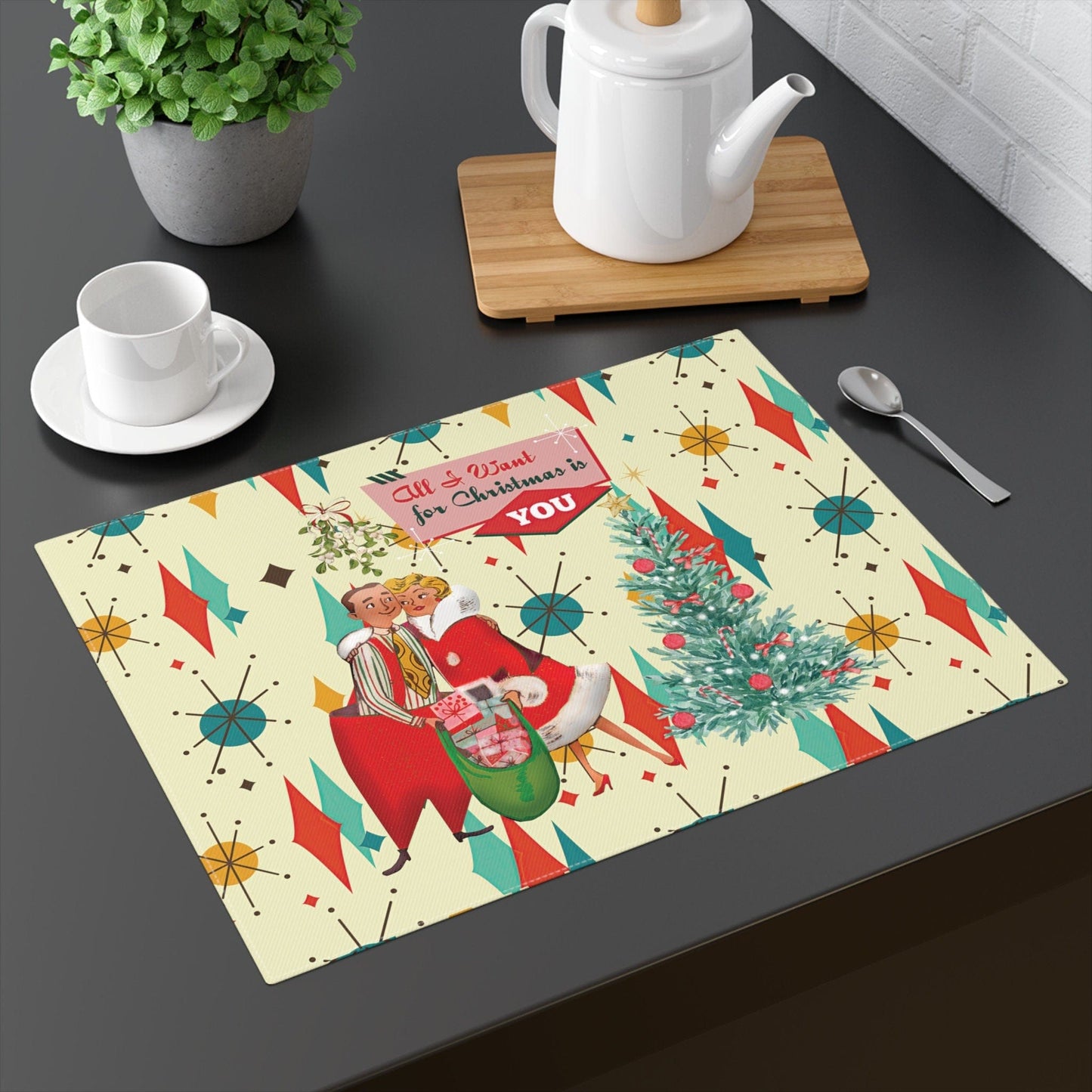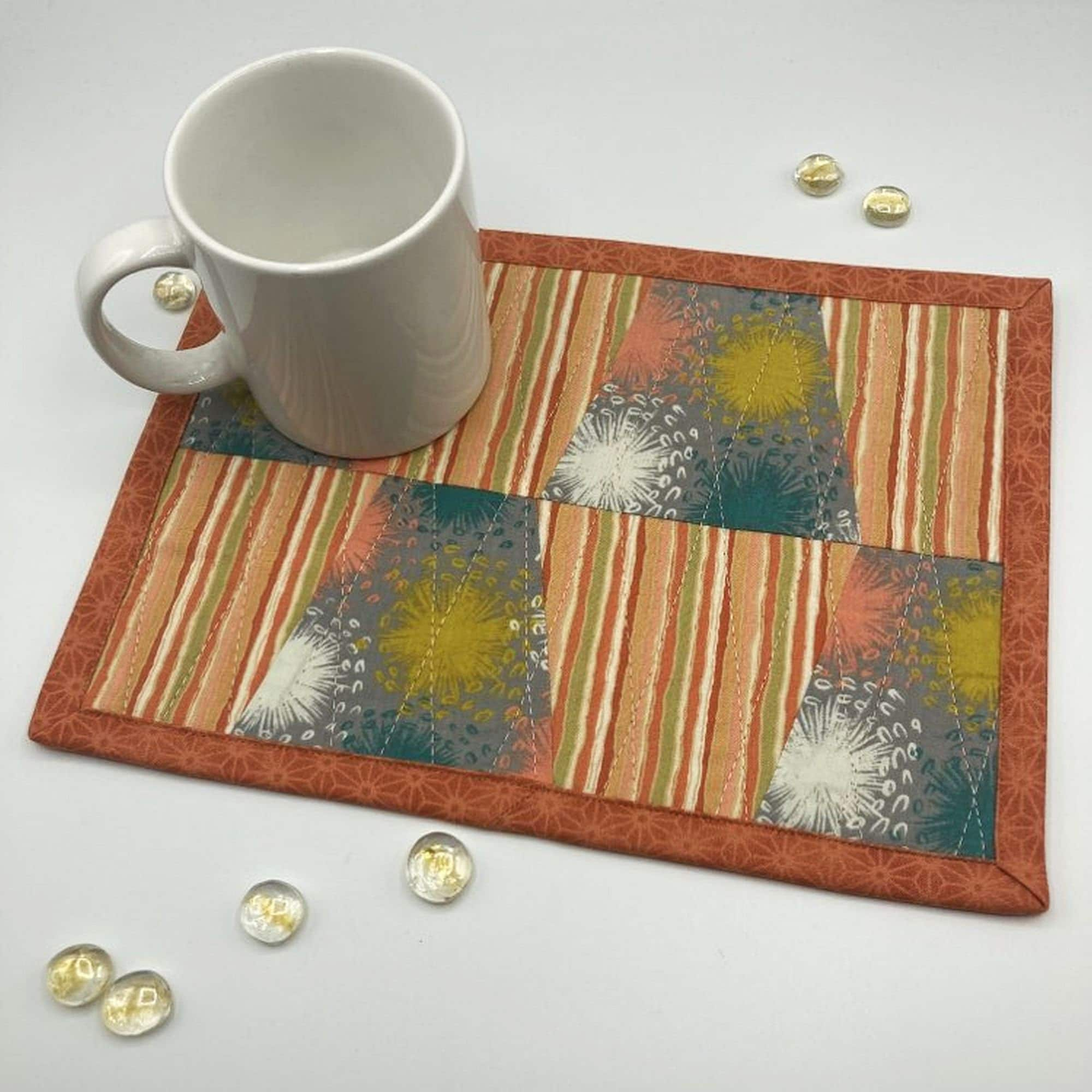Unique Art Fundamentals Explained
Table of ContentsUnique Art Can Be Fun For AnyoneMore About Unique ArtAll About Unique ArtSome Ideas on Unique Art You Need To KnowUnknown Facts About Unique Art
While one could debate which art form holds priority, the truth remains that each of these seven types supplies an unique home window into human background, society, and advancement. Unique Art. They are the tapestries that chronicle our journey, reminding us of our past while motivating visions for the future
3 Emil DervishIn this entranceway by Emil Dervish that lovely cobalt blue door swipes the program. To bring a lot more drama, he expanded the paint. to the doorframe and the wall surface up, ending up in a curved form (Unique Art). The contours, in addition to a round sconce, soften the sides. Structures classic posters and maps of beloved areas established the scene.
The Ultimate Guide To Unique Art
8 TRIA GIOVANEqual parts grand and laidback, this foyer designed by Anthony Baratta is the best blueprint to adhere to if you're embellishing an official entry that still feels unfussy and comfortable. Formed textiles take spotlight (see the carpets and the couch), however they also help bring the high ceilings down to a human scale when hung over wallpaper.
18 Heidi Caillier DesignA gallery wall doesn't require to take up the entire area. Occasionally a tiny one can make a larger design statement. In this living room, Hiedi Caillier decided for micro-mini structures and an arbitrary composition.
The aspects of this languageits shapes, lines, colours, tones, and texturesare made use of in different methods to produce feelings of quantity, room, activity, and light on a flat surface area. These elements are incorporated into meaningful patterns in order to represent genuine or supernatural sensations, to analyze a narrative motif, or to produce wholly abstract aesthetic relationships.
Later on the idea of the "fine artist" developed in Asia and Renaissance Europe. During the 19th century painters in Western societies started to lose their social setting and protected patronage.
Not known Incorrect Statements About Unique Art
Others made an income with visiting exhibitions of their job. The demand to appeal to a market had changed the comparable (if less impersonal) demands of patronage, and its impact on the art itself was possibly comparable as well. Generally, musicians in the 20th century might reach a target market just via industrial galleries and public museums, although their work explanation may have been sometimes duplicated in art regulars.

Don't duplicate the style of various other artists if you're searching for your design. Duplicating various other people's art work can be wonderful in instructional functions but it will not make you closer to locating your own distinct style. Your imaginative style has to be, what you like and what motivates you.
Not known Factual Statements About Unique Art
I would certainly think of your own style as a design you paint in normally, when you release all ideas and policies and simply concentrate on painting, not thinking of it. The design has to come normally to you when you are unwinded and you can not force it or it won't be your own design, simply somebody else's.
You need to attempt great deals of different options and discover everything before you can concentrate on one specific style or you'll be tired, or worse, you'll despise your very own design. So I recommend you to attempt each and every single subject that you have an interest in, explore as much as you can. Attempt various tools that delight you and brand-new strategies you have actually never attempted prior to.
With time you'll have the ability to arrange every one of them right into your favored and the very least preferred categories. Try to concentrate your interest on the subjects and mediums that you like and prior to you see it coming you'll have your very own individual and unique design, like no person else have! So in the end you'll have a few favored based on repaint and possibly a few preferred mediums (Unique Art).
See This Report about Unique Art
The style has to create itself in time with a great deal of technique and experiments. Thanks for reading this post and if you have any type of concerns Get More Information leave them in the comments listed below, I would certainly more than happy to address these.